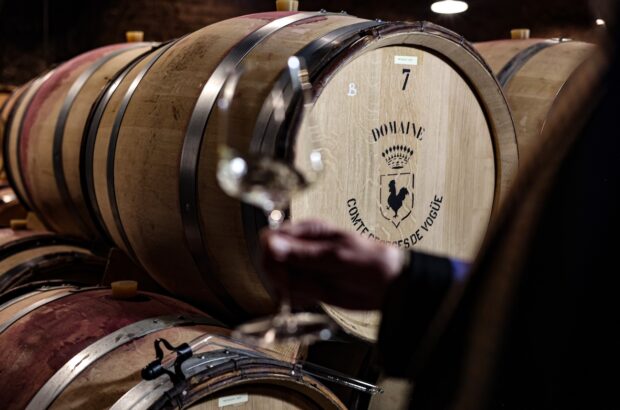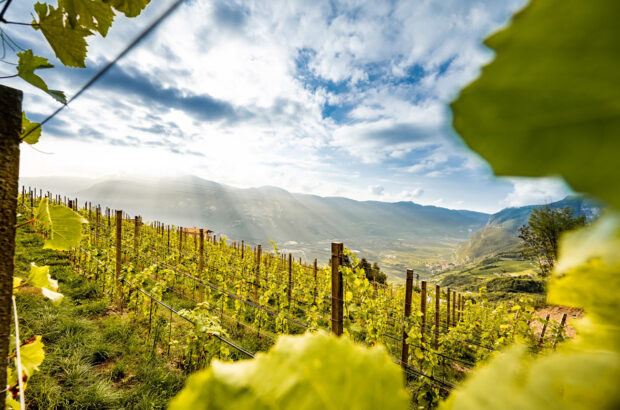I spend more time thinking about terroir than is healthy. Alas, the obsession shows no sign of ending.
Even my poor tomato plants (finally uprooted last Sunday in a state of soggy exhaustion) found themselves under constant scrutiny as I tried to work out why two rows a metre or two apart performed so differently. Was it the distance from the heat-reflecting wall? The total time spent in sunlight in this west-facing bed? Or the fact that the clay in the lower row seemed to retain water more effectively than in the upper row?
The tomatoes made me realise that the insights of precision viticulture will come as no surprise to any gardener. Reduce the definition of a ‘site’, in other words, to a block, a few rows, half-a-dozen vines within a row and even to the environment around a single vine itself, and you will find differences – if you scrutinize what we might call the microtope closely enough.
The real challenge with precision viticulture, in fact, is working out what you can usefully do with the avalanche of insights it brings. Reacting to them can quickly raise processing costs. Indeed respecting any site fully probably means abandoning farming for gardening – as Bordeaux’s garagistes showed over a decade ago.
In the quiet moments between interrogating my tomato plants, meanwhile, I’ve been trying to work out why it is so difficult, on a tasting basis, to pick out differences between many of the terroirs in the Languedoc. It’s not possible, for example, to find intrinsic, duplicatable generic contrasts as yet between bottles of Minervois, St Chinian and Terrasses du Larzac. (There are, of course, strong contrasts between the wines of different domains, but that is for a cluster of reasons which extend well beyond the fundamentals of terroir.)
I thought at first that this might be due to the fact that the Languedoc hasn’t had the decades or centuries of evolution in quality wine production which other regions like Burgundy or the Rhône have had. I now realise, though, that the answer is much simpler. It’s because they all lie on roughly the same latitude, and at roughly the same altitude. Hence the climatic parameters for each are close, sometimes identical. And climate, remember, is the fundamental driver of terroir.
The key axis of terroir within any defined region in most parts of the winegrowing world is latitudinal, not longitudinal.
Burgundy begins in northern Chablis and ends in southern Pouilly-Fuissé: big difference. The Rhône begins in northern Côte Rôtie and ends in southern Châteauneuf, Lirac and Costières de Nîmes: big difference. It’ll take you three or four hours to drive from Minervois to Sommières: no difference. Because you’re travelling from west to east.
Much of Italy’s astonishing diversity and DOC chaos is due to the fact that it lies, Tyrolean thigh to Calabrian toe (and Sicilian football), between 37°N and 46°N; Spain’s latitudinal span is much less, and it has features clusters of DOs which lie on almost identical latitudes, and are thus articulated from west to east. Hence the contrast between the two nations in terms of their aesthetic spectrum. In Australia, most of Western Australia’s and South Australia’s GIs are articulated from north to south, and show clear differences (though contrasts in altitude are important there too). Victoria, by contrast, has a slew of GIs at near identical latitudes, and it would be a confident taster who could guarantee to distinguish wines from, for example, the Grampians, the Pyrenees, Bendigo and Goulburn.
My theory does, I’m afraid, begins to crumble when terroir hunters reach the Pacific coast of the Americas, as the profound effects of the cold California current (flowing south towards the equator) and the cold Humboldt current (flowing north towards the equator) mean that proximity to the coast is more important in terroir declension in both California and in Chile than is latitude. Every rule, though, needs an exception…
Written by Andrew Jefford







